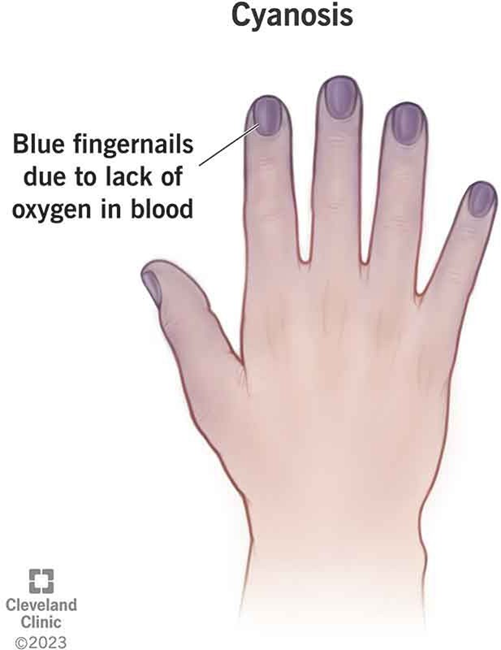The nurse is teaching a spouse how to care for a client who recently had a stroke and has residual weakness on the right side. Which style of shoes should the nurse recommend the client wear when ambulating with the spouse's assistance?
Slip-on rubber shower shoes
Tennis shoes with Velcro
Leather-soled loafers
Rubber-soled slippers
The Correct Answer is B
Choice A reason: Slip-on rubber shower shoes are not recommended as they do not provide the necessary support or stability for a client with weakness on one side.
Choice B reason: Tennis shoes with Velcro are ideal as they offer good support and are easy to fasten, which is beneficial for a client with one-sided weakness and potentially limited dexterity.
Choice C reason: Leather-soled loafers can be slippery and do not offer the snug fit and support needed for safe ambulation post-stroke.
Choice D reason: Rubber-soled slippers may provide some grip but typically do not offer the structured support that is necessary for a client with post-stroke weakness.
Nursing Test Bank
Naxlex Comprehensive Predictor Exams
Related Questions
Correct Answer is D
Explanation
Choice A reason: Offering comfort that healing can happen at any point in time may not be appropriate for a client in the terminal stage of lung cancer, as it may give false hope.
Choice B reason: Offering strategies to provide comfort to the client can be helpful, but it does not address the spouse's immediate emotional needs.
Choice C reason: Suggesting that the spouse go home to sleep may seem dismissive of the spouse's current emotional state and need for support.
Choice D reason: Explaining that the staff will strive to keep the client comfortable addresses the spouse's concern for the client's well-being and provides reassurance about the care being provided.
Correct Answer is D
Explanation
Choice A reason: While heart rate is important, it is not the most immediate concern when a client shows signs of cyanosis.
Choice B reason: Blood pressure is a critical vital sign but does not directly address the issue of oxygenation, which is suggested by cyanosis.
Choice C reason: Temperature is less relevant to the immediate assessment of cyanosis, which is often related to oxygenation issues.
Choice D reason: Respiratory rate should be assessed first as cyanosis is a sign of potential hypoxia, and the respiratory rate can provide immediate information about the client's breathing and oxygenation status.

Whether you are a student looking to ace your exams or a practicing nurse seeking to enhance your expertise , our nursing education contents will empower you with the confidence and competence to make a difference in the lives of patients and become a respected leader in the healthcare field.
Visit Naxlex, invest in your future and unlock endless possibilities with our unparalleled nursing education contents today
Report Wrong Answer on the Current Question
Do you disagree with the answer? If yes, what is your expected answer? Explain.
Kindly be descriptive with the issue you are facing.
